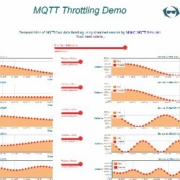A few weeks ago I had some interesting debates on the projects I work on, on questions like:
- Is the automation engineer a developer?
- Is a developer the best candidate to be an automation engineer?
- Where does the good ol’ Software Engineer in Test (SET, a.k.a SDET) fit in this fierce new world full of code and dependencies?
It seems that the trend nowadays when looking for job candidates in automation is that they need to have the skills of a programmer. I have been doing technical interviews for people who are running for Test Engineer positions for years, and this trend has been increasing more and more. That is why I give the same advice to anyone asking me how to get into the automation world: “Start learning the fundamental concepts of object-oriented programming and how they apply to automation testing.”










